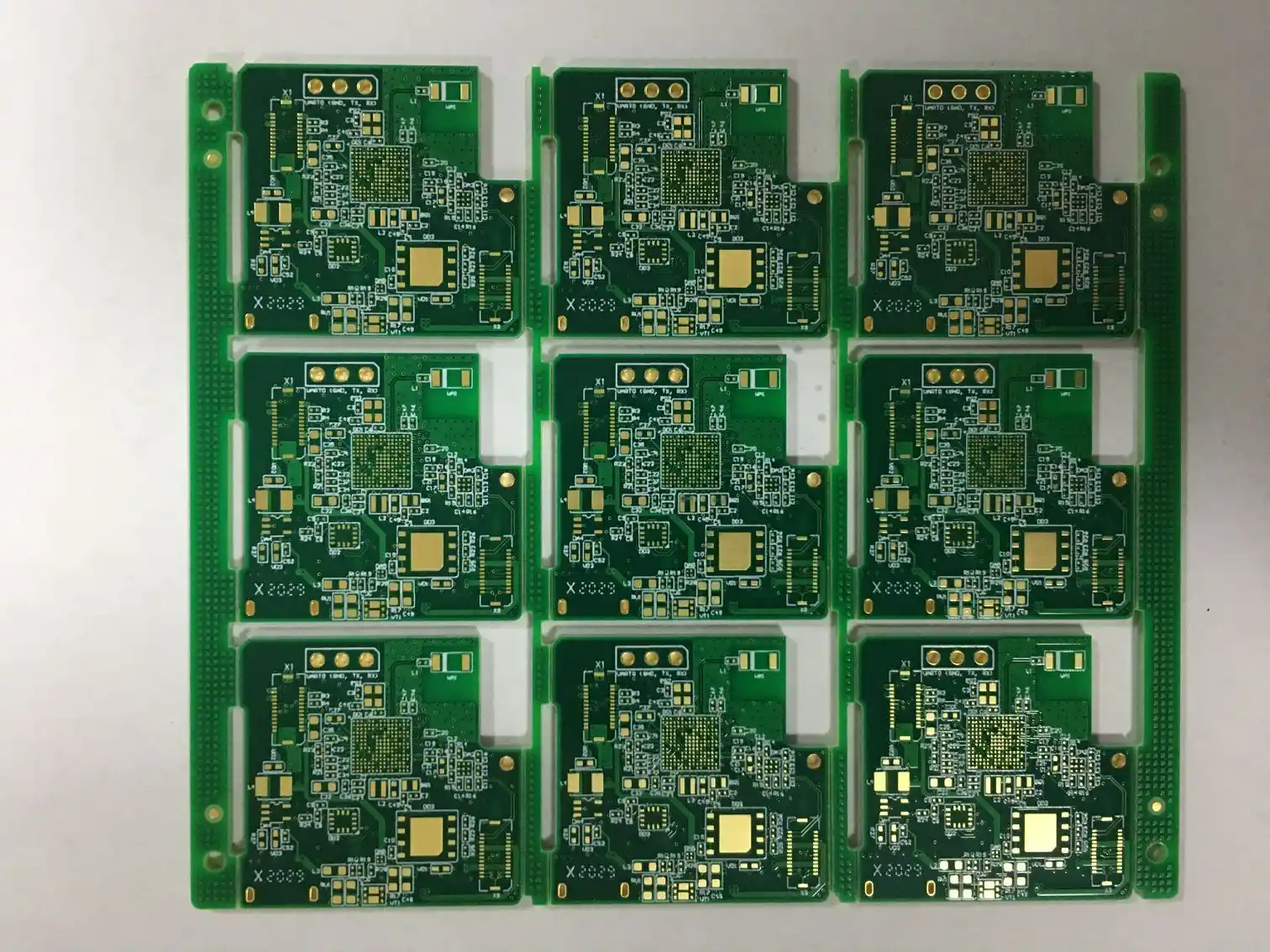PCB is a motherboard used to carry electronic components and provide circuit connections between them. PCBs are structurally classified as single-sided, double-sided, and multi-layer.
1. Single-sided
Single-sided boards are the most basic PCBs, with components concentrated on one side and wiring on the other. Because wiring appears only on one side, this type of PCB is called a single-sided board.
Because single-sided boards impose many strict limitations on circuit design (since they only have one side, wiring cannot cross and must follow separate paths), they were only used in early circuits.
Single-sided boards primarily use screen printing for wiring patterns, where resist is printed on the copper surface, etched, and then marked with solder mask. Finally, component holes and outlines are punched.
Alternatively, some low-volume, high-volume products use a photographic process, where patterns are formed using photosensitive resist.

2. Double-Sided PCBs
A double-sided PCB is a copper-clad printed circuit board (PCB) with a top and bottom layer. Both sides can be wired and soldered, and an insulating layer is placed between them. It is a commonly used type of PCB.
The ability to run wires on both sides greatly simplifies wiring, making it widely adopted.
Both sides of a double-sided PCB have wiring, but to use the wires on both sides, a proper circuit connection must be established between the two sides.
This "bridge" between the circuits is called a via. A via is a small hole in the PCB board, filled or coated with metal, that connects to wires on both sides. Because a double-sided PCB has twice the area of a single-sided PCB, it eliminates the difficulty of interlaced wiring in a single-sided PCB (it can be connected to the other side through the vias), making it more suitable for more complex circuits than a single-sided PCB.
3. Multilayer PCBs
A multilayer PCB is a multilayer circuit board used in electrical products. Multilayer PCBs utilize more of the wiring of single or double-sided PCBs. A printed circuit board (PCB) consisting of one double-sided inner layer and two single-sided outer layers, or two double-sided inner layers and two single-sided outer layers, alternately joined together using a positioning system and insulating adhesive material, with the conductive patterns interconnected according to design requirements, becomes a four-layer or six-layer printed circuit board (PCB), also known as a multilayer PCB.
Common multilayer boards are typically four or six layers, while complex multilayer boards can have dozens of layers.
Features: The biggest difference between multilayer PCBs and single-sided and double-sided PCBs is the addition of internal power layers (maintaining internal electrical layers) and ground layers. Power and ground network routing is primarily on the power layers.
However, multilayer board routing is still primarily based on the top and bottom layers, supplemented by intermediate routing layers.
Thus, the design methods for multilayer boards are essentially the same as those for double-sided boards. The key lies in optimizing the routing of the internal electrical layers to achieve more rational routing and improved electromagnetic compatibility.
The Difference Between Double-Sided and Multi-Layer PCBs
From a manufacturing process perspective, the differences between double-sided and multi-layer PCBs are as follows:
1. Double-sided PCBs use only PC sheets and Cu foil as the laminate material; multi-layer PCBs use both the PC sheet and two outermost Cu foils as the laminate material, as well as the inner layers between the PC sheets.
2. Multi-layer PCB production also involves the production of inner layers. The manufacturing of inner layers is generally similar to that of outer layers